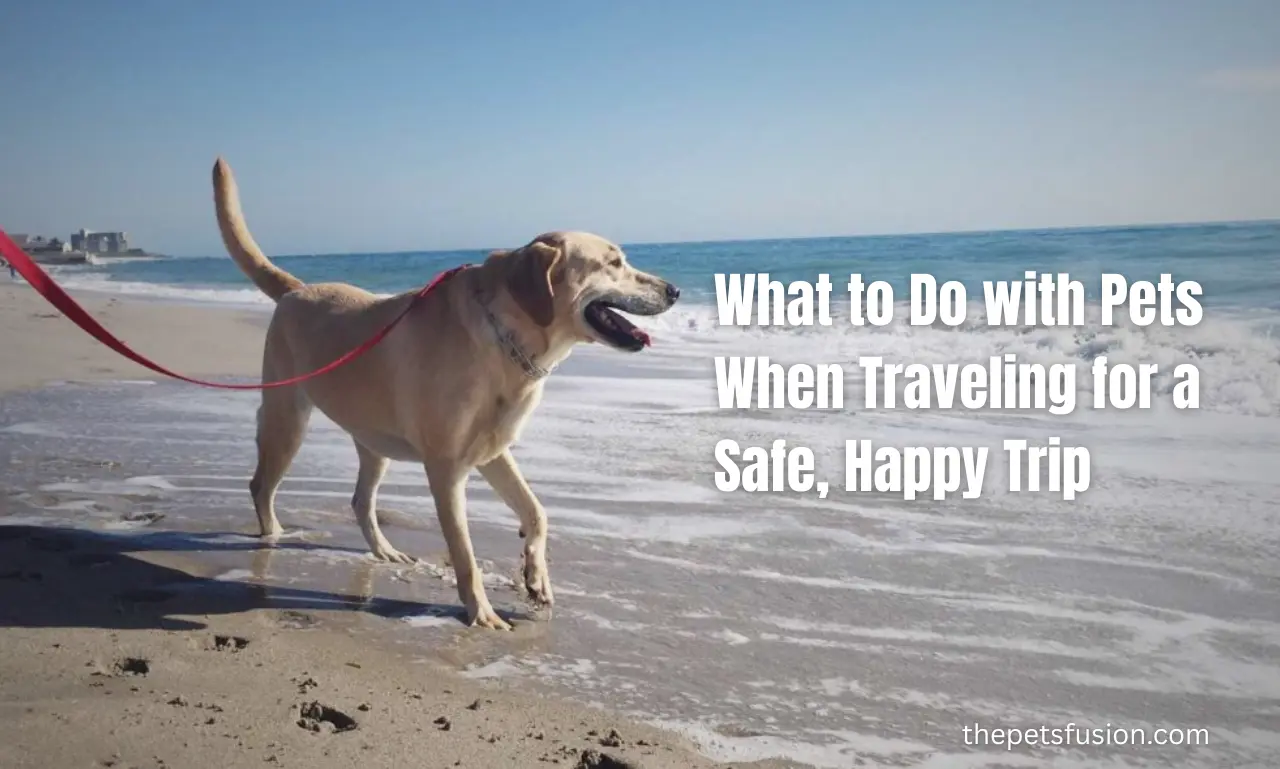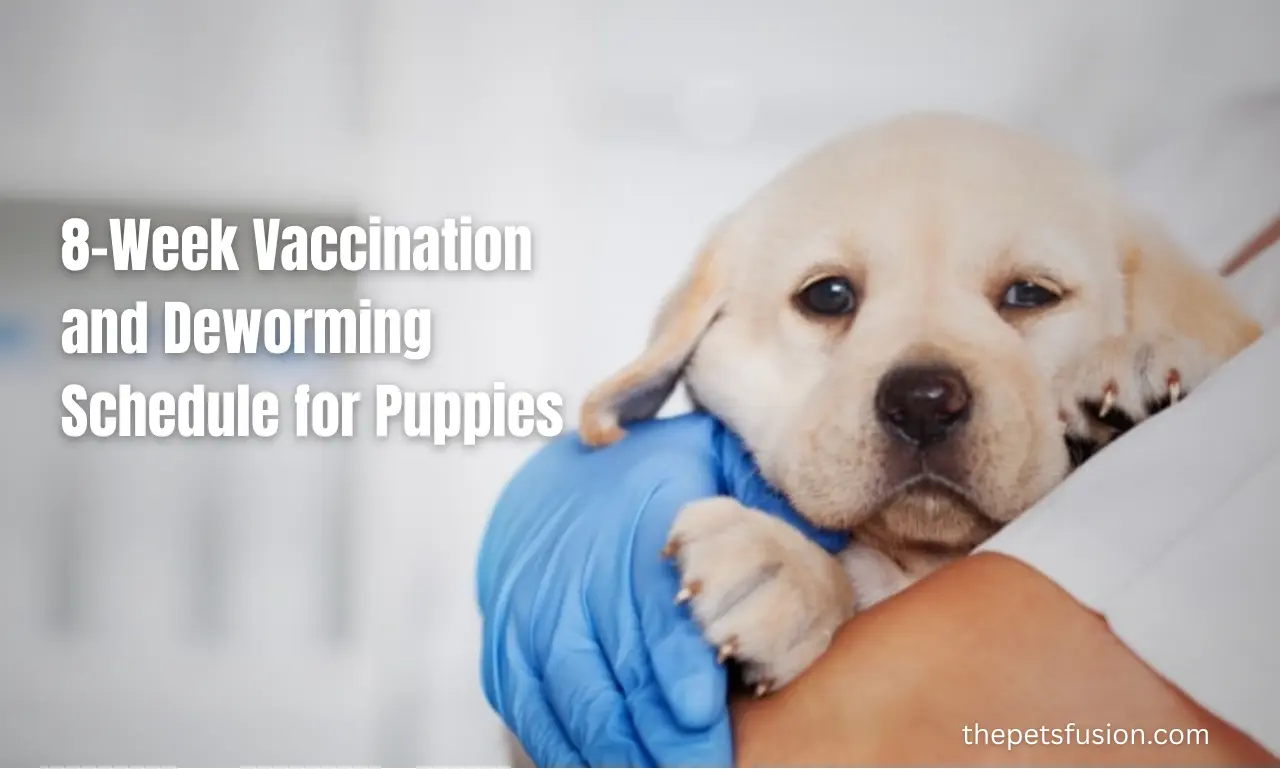Have you ever faced the dilemma of what to do with pets when traveling? Whether it’s a spontaneous road trip or a long-awaited flight to a new destination, traveling with pets can feel overwhelming. From worrying about their comfort to meeting airline rules like the pet policy Delta enforces, there’s a lot to consider before you even pack your bags. But here’s the good news—you’re not alone, and you can travel with your pets safely and smoothly. This guide is designed to walk you through everything you need to know about pet travel safety, obtaining a health certificate for pet travel, planning each leg of your journey, and ensuring your pet stays happy and healthy every step of the way. Let’s make your next trip a stress-free adventure for both you and your furry companion.
1. Understand Your Travel Options with Pets
When deciding what to do with pets while traveling, your mode of transportation is key. Each option—air, Road, train, or even sea—has different requirements.
By Car: Most Flexible Option
- Your pet stays close to you.
- You control the environment (temperature, music, breaks).
- Great for anxious pets who dislike confinement.
By Plane: Faster, But Requires Planning
- Airline regulations vary (we’ll cover Delta’s pet policy shortly).
- You’ll need a health certificate for pet travel.
- Size restrictions may affect whether your pet travels in the cabin or the cargo hold.
By Train: Limited Access
- Most trains allow small pets only.
- May require carriers and additional fees.
Tip: Always research travel rules based on your destination and the company you’re traveling with.
2. Know the Pet Policy of Airlines Like Delta
If you’re flying, one of the most critical things to understand is the airline’s pet policy. For instance, Delta Air Lines is a popular choice for pet travelers, but it has specific rules in place regarding pets.
Delta Airlines Pet Policy Key Points
- Pets allowed in the cabin: Dogs, cats, and household birds (domestic flights only).
- Must be at least 10 weeks old for domestic travel.
- The carrier must fit under the seat.
- Fee: Around USD 95 per flight segment.
Required Documents:
- Health certificate for pet travel (signed by a licensed vet).
- Updated vaccination records.
- ID tag and microchip recommended.
Pro Tip: Call Delta 48–72 hours before your flight to confirm your pet reservation.
3. Secure a Health Certificate for Pet Travel
No matter how you’re traveling, many carriers and destinations require an official health certificate for pet travel. This ensures your pet is fit for the journey and poses no health risk to others.
What It Includes:
- Exam results by a licensed veterinarian.
- Confirmation of current vaccinations (especially rabies).
- Certification of parasite treatment.
- Any special health instructions?
When to Get It:
Usually 7–10 days before travel. Always check your airline or country’s specific timing requirements.
4. Prepare the Right Travel Carrier or Crate
A well-sized, secure, and comfortable carrier is non-negotiable when deciding what to do with pets when traveling, especially by air or public transportation.
Carrier Must-Haves:
- Ventilation on at least three sides.
- Leak-proof bottom.
- Secure but easy-to-open door.
- Room for your pet to stand, turn, and lie down.
Bonus Tip: Place a familiar toy or blanket inside to soothe your pet.
5. Prioritize Pet Travel Safety on the Road
Driving with pets requires thoughtful planning. While they might enjoy hanging their heads out the window, it’s not always safe.
Safe Travel Tips:
- Use a crash-tested pet seatbelt or harness.
- Place smaller pets in a secured carrier.
- Never let pets ride in the front seat of a vehicle.
- Plan rest stops every 2 to 3 hours.
Hydration Tip: Bring a collapsible water bowl and bottled water to prevent dehydration.
6. Pack a Pet Travel Bag Like a Pro
Just like you pack your travel bag, your pet needs one too. Knowing what to do with pets when traveling starts with being fully prepared.
Checklist:
- Food and treats (enough for the trip + extra)
- Water and a portable bowl
- Leash and harness
- Waste bags or a litter box
- Medications and health records
- Favorite toy or blanket
Don’t forget: A photo of your pet (in case they get lost).
7. Book Pet-Friendly Hotels in Advance
Not every hotel welcomes pets. Booking in advance is the best way to avoid unpleasant surprises.
What to Check:
- Pet fees (some charge per night)
- Size and breed restrictions
- Nearby walking areas
- Whether pets can be left unattended
8. Prepare for International Travel with Your Pet
If you’re heading overseas, knowing what to do with pets when traveling internationally is vital. Each country has unique rules, and ignoring them can result in delays or even quarantine.
Key Steps:
- Research the destination country’s pet import laws.
- Apply for international health certificates (varies by country).
- Ensure rabies vaccination is up to date (most countries require this).
- Have your pet microchipped if it hasn’t already been done (ISO-standard chips are preferred).
- Understand quarantine laws—some places, like Australia, have mandatory stays.
Note: Airlines like Delta may also require additional paperwork or vet checks for international flights; please call ahead for details.
Related: Pet Honesty Hip and Joint Health: 5 Vet-Backed Care Tips
9. Accommodate Pets with Special Needs or Anxiety
Some pets don’t travel well. If your dog or cat has health issues or anxiety, take extra care before the trip.
How to Help Anxious or Ill Pets:
- Consult with your veterinarian about travel-friendly calming supplements or medications.
- Practice short car rides or test runs in carriers to build familiarity and comfort.
- Use calming pheromone sprays inside crates.
- Avoid feeding them right before travel to prevent motion sickness.
Tip: Prioritizing pet travel safety is especially important when health issues are involved.
10. Maintain Feeding Schedules During Travel
Maintaining a consistent feeding schedule for your pet is crucial when traveling. A disrupted meal routine can lead to stress, vomiting, or diarrhea.
Feeding Guidelines:
- Feed a few hours before travel—not immediately before.
- Carry familiar food (switching brands during travel may upset digestion).
- If flying, include enough food for delays and unexpected arrival times.
Pro Tip: Avoid giving treats excessively during travel, as it can worsen nausea or restlessness.
11. Bathroom Breaks and Clean-Up Tips
Accidents happen. Knowing how to handle them is part of responsible pet travel.
Tips for Bathroom Breaks:
- Plan rest stops every 2 to 3 hours during car trips.
- Carry disposable gloves, cleaning wipes, and extra bags for waste.
- Use pee pads inside carriers if flying long distances.
For cats: Bring a portable litter box for hotel stays and breaks.
For dogs: Walk them thoroughly before entering an extended travel period.
12. Keep Pets Calm During Transit
One major challenge in deciding what to do with pets when traveling is keeping them calm in noisy or unfamiliar environments.
Calming Strategies:
- Use a thunder shirt or pressure wrap.
- Talk to your pet in a soothing voice during transport.
- Avoid overstimulating them at airports or busy rest stops.
- Limit new stimuli—cover carriers partially with a light blanket.
Extra Tip: Do not sedate your pet unless particularly instructed to do so by a veterinarian. It can affect breathing, especially on flights.
13. Know What to Do During Delays or Layovers
Travel delays are frustrating for humans, and they can be even more challenging for pets.
In Case of Delays:
- If in an airport, ask about pet relief areas (many airports now have them).
- Make sure your pet has access to water (bring a collapsible bowl).
- Provide light snacks or treats if the delay is long.
- Comfort them frequently to reduce stress.
Flying with Delta? Check if your pet can stay with you during layovers. Some airlines move pets to holding facilities during stops.
14. Manage Pet Behavior in New Environments
New places can be overstimulating. Even the best-trained pets may exhibit behavioral issues due to nerves or unfamiliar scents.
Adjustment Tips:
- Stick to routines (exact the walking times and meals).
- Allow them time to explore the new space at their own pace.
- Don’t allow unsupervised exploration right away.
- Reward calm behavior with treats and praise.
Tip: Bring items from home—like a blanket or toy—to create a sense of familiarity in hotel rooms or rental spaces.
Related: 7 Affordable Pet Grooming Products to Extend Their Life
16. Frequently Asked Questions (FAQs)
How early should I arrive at the airport with my pet?
At least 2–3 hours before departure, especially if your pet is flying in the cabin or cargo.
What’s the safest seat placement for pets in cars?
In the back seat, secured with a pet seatbelt or inside a carrier.
Can my pet eat during a flight?
It’s not recommended. Feed them a few hours before takeoff and give them water before and after.
Is it safe to sedate pets for travel?
No, unless directed by a licensed veterinarian. Sedation can affect breathing, especially during air travel.
Does Delta Airlines allow emotional support animals?
Delta now classifies emotional support animals as pets, not service animals. Their pet policy: Delta rules apply.
Conclusion
Now that you know exactly what to do with pets when traveling, you can relax and look forward to your journey. Whether it’s across the state or the globe, planning is the key to making travel smooth, safe, and enjoyable for both you and your beloved companion. From securing a health certificate for pet travel to understanding Delta’s pet policy, every step adds peace of mind to your adventure. Your pet deserves the same travel care you give yourself—and with this guide, you’re fully prepared.
Joyful travels to you and your furry friend!





